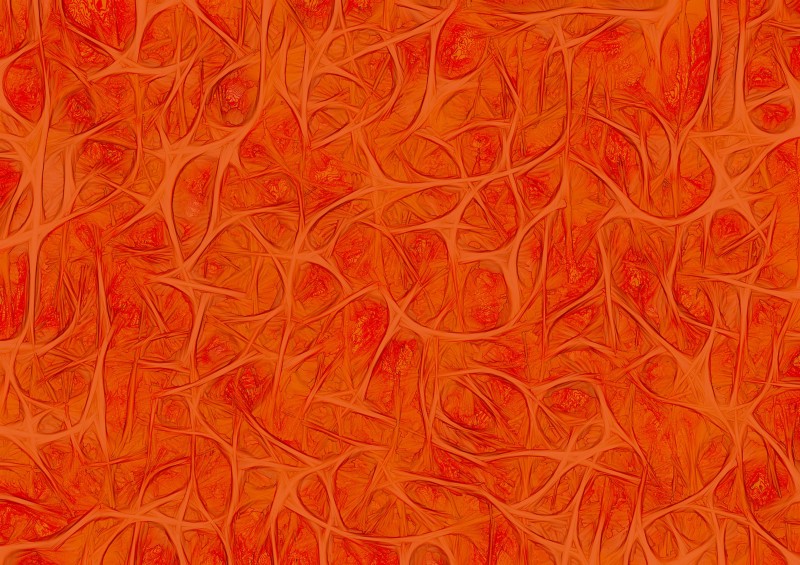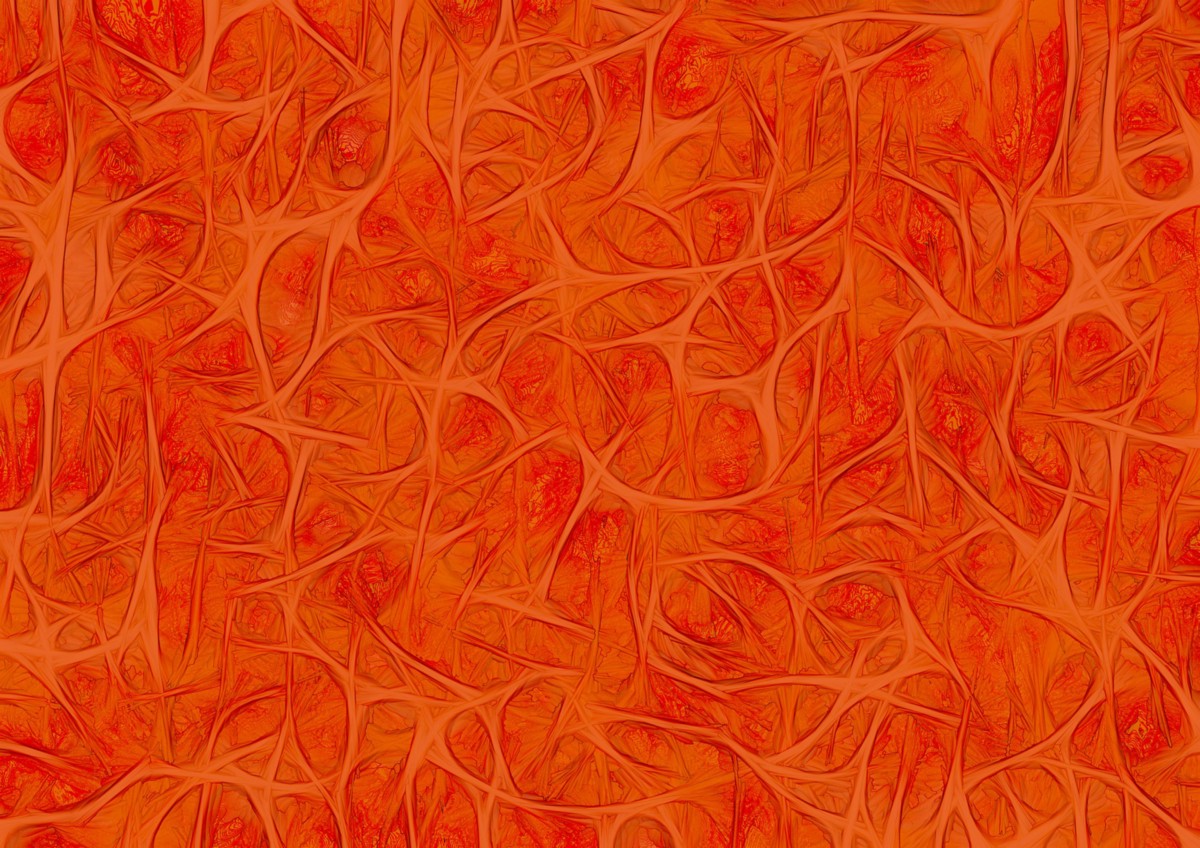In 1978, scientist and historian James Burke produced a ten part documentary called ‘Connections’. In this documentary series he traced back a (then) modern invention through the history of connected ideas that led to it.
Across the ten episodes the viewer goes on many weird and wonderful journeys learning such things as:
- how the concept of credit can be linked to the invention of rocket fuel that put man on the moon
- how many unconnected inventions came together to create the steam engine
- how innovation of castle defences led to the modern movie projector and cinemas
Whilst the engineering and history presented is fascinating, it is the concept of connections that I want to explore in this article. The premise of this series is that ideas, change and innovation leads to more change, more ideas and more innovation.
This thinking allows us to draw some interesting thoughts on everyday creativity.
“Creativity is just connecting things. When you ask creative people how they did something, they feel a little guilty because they didn’t really do it, they just saw something.”
– Steve Jobs
Creativity and the brain.
One of my first lines of enquiry when I explored the concept of connections and creativity was science. Is this is an abstract concept or is science behind it? Here is what I learned.
From the moment we are born we start making connections from the huge amount of knowledge we gain every day. When we make a connection between two pieces of knowledge something happens in our brain. We create synapses between neurons (consider a neuron as a piece of knowledge). Over time we build a huge web of synapses and neurons. This allows us to think connectedly and creatively.

As we learn, our brains build a web of creativity formed of neurons and synapses.
Research using brain imaging has shown that we are born with billions of neurons but a much lower count of synapses1. In our first three years in the world these synapses form as we learn.
If you’ve ever taught or looked after a young child you’ll know how curious and inquisitive they are. Why does it do that? How does that work? Where do babies come from? It appears this isn’t their effort to drive us to despair, rather it is them building knowledge and connections. In fact if you’ve seen a child’s wide-eyed face as they gain new knowledge you can almost see the synapses forming!
In our younger years we’re making simple connections but by our latter school years we’re able to draw more abstract connections. We’re able to combine our existing knowledge and experience into new ideas. We’re able to think creatively.
Creativity ≠ a gift.
Sadly, many people believe they don’t have “creativity”. Often only someone who comes up with breakthrough discoveries is considered “creative”. Or someone who is able to create visually through art, design, or sculpture. This is misleading.
Being creative isn’t a unique gift that some people have and others don’t. Yes, some of us are more creatively inclined but it is a skill that can be developed. Ideas are not something that just pop into your head out of nowhere, they form from connecting existing knowledge.
One limiting factor in creativity is a lack of effort to form connections between existing knowledge. Another, that many suffer from, is letting your inner critic stop you when you do form idea.
If you’ve ever thought “that’s a stupid idea” and stopped that particular trail of thought, then you’ve let your inner critic stop you.
Creativity ≠ intelligence.
Nor is creativity correlated to intelligence. You do not need a Masters Degree or to be a Professor to be creative. Yes, a base level of intelligence helps to enable creativity, but that is it, a base level. I couldn’t find any convincing evidence that higher intelligence equals more creativity.
In creative thinking, intelligence (or IQ) is required to perform two operations:
- Store and retrieve knowledge
- Work through existing knowledge when drawing connections
Idea generation is a result of combining knowledge. You need the capacity to first store that knowledge and second draw upon it to form connections. Everyone with an average IQ has that capacity to think.
Creativity = connections.
If it isn’t intelligence or a unique gift it opens up the ability for anyone to develop their creative thinking. To create connections the main ingredients are knowledge and experience. The more we have to draw upon, the higher the likelihood of finding that unique combination to spark an idea.
Here are a few things anyone can do to build their creative muscles:
Read, listen, learn.
Books, articles, blogs, podcasts, documentaries, presentations, the list is endless. There are so many materials available these days for you to gain new knowledge about almost anything. To create interesting connections we need diverse knowledge. So choose a selection of topics for the information you take in. If you only read within your expertise you’ll only get better at one thing and won’t build up diverse knowledge.
When working on a project I’ll combine the normal reading I do about my area of expertise with reading around the project subject to provoke thoughts about how they come together.
Explore.
Opening yourself up to new cultures and places is a brilliant way to open yourself to new thoughts. Travel will expose you to new architecture, history and stories. When I travel to new cities one of the first things I do is take the open top bus tour with audio tour so I can learn the history and stories about the city. This often opens up new places to explore further.
Be curious.
Children are naturally curious. They ask “why?” about EVERYTHING. As adults we find this annoying. But they are learning, exploring, enquiring and being curious about the world around them. There is a moment in our lives where we suddenly become self aware and stop asking why for fear of sounding stupid. Instead we accept the information we’re given. To expand knowledge and generate ideas that disrupt the norm you have to continue to question everything. Why might this not be true? What other alternatives are there? How does that happen?
“I have no special talent. I am only passionately curious”
– Albert Einstein
Work with others.
If connections between knowledge lead to ideas, logic suggests the more knowledge, the more chance of finding a spark. This is why collaborative working is so important. Working in a silo means you are relying only on your knowledge. Remember the way you see the world is unique to you. Working in a group brings multiple different world views into the conversation. More people = more connections.
Flex that muscle.
The old adage, repeated a million times; practice makes perfect. Whilst the absolute perfect might be false in that statement the premise holds true. Your creative brain is no different. It needs stimulating and practice thinking. Taking up hobbies outside of your day job can help improve your creative process. Photography. Drawing. Writing. Music. Art.
You = creative.
In this post we’ve explored a definition of creativity. We took a brief look at the neuroscience behind creativity. Finally we explored ways of working your creative muscles.
I’ve only touched the surface. There are books, blogs and podcasts dedicated to digging into the creative process. If it is an area that interests you I’d recommend further exploration. As we’ve learned, expanding your knowledge builds the opportunity for creative output.
So there it is.
Stop letting your inner critic take over. Start questioning everything. Be creative.
[1] David, T., Goouch, K., Powell, S. and Abbott, L. (2003), Young Brains
